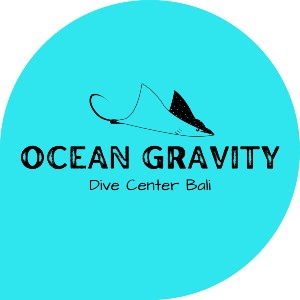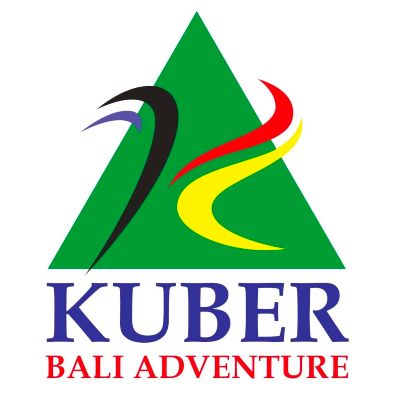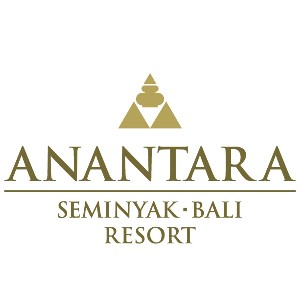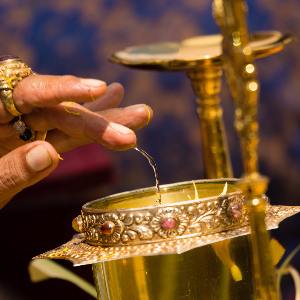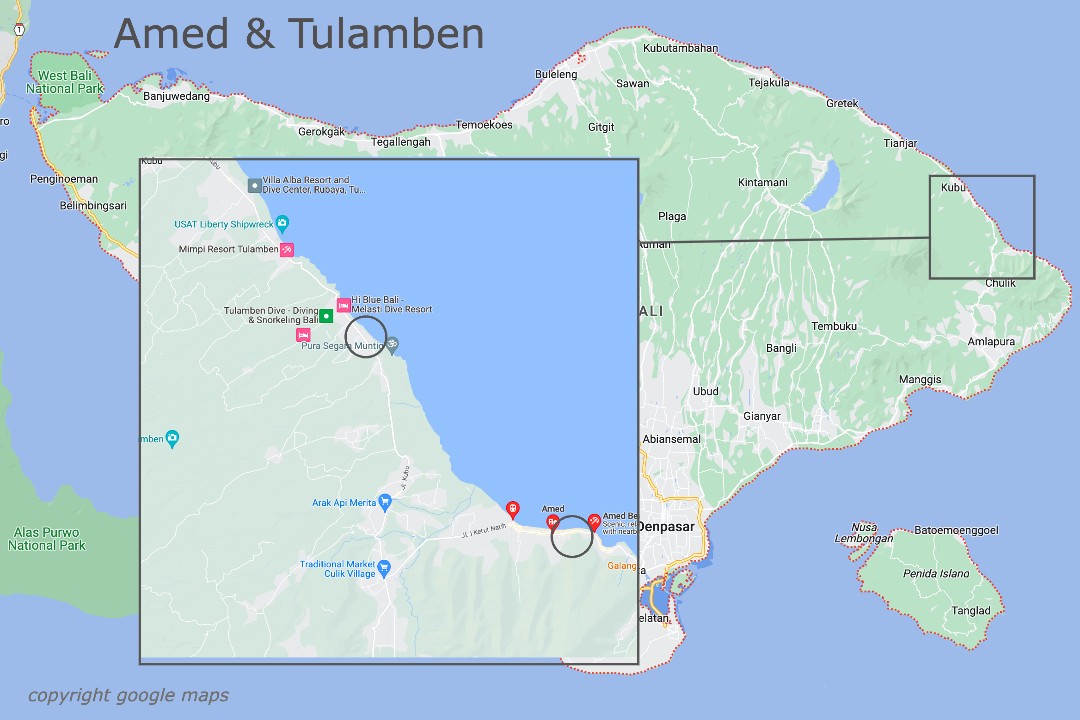The villages of Amed and Tulamben, located on the northeastern coast of Bali, have a rich history of salt farming and fishing that dates back for generations. These traditional practices have been essential to the livelihoods and culture of the local communities in the region.
Salt Farming in Amed:
1. Salt Pans: Amed is known for its unique salt farming, which involves the use of coastal salt pans. These salt pans are shallow, man-made ponds or terraced fields near the coastline. Seawater is allowed to flow into these pans during high tide.
2. Evaporation Process: As the seawater fills the salt pans, the water is left to evaporate under the sun’s heat. As the water evaporates, it leaves behind salt crystals on the surface of the pans.
3. Harvesting Salt: Once the seawater has fully evaporated, the salt crystals are carefully harvested by local farmers. The salt is then collected, cleaned, and stored for further processing or sold locally.
Fishing History in Tulamben:
1. Coastal Fishing Village: Tulamben, historically a small fishing village, was primarily known for its fishing activities. The village is situated near the ocean, providing easy access to the bountiful marine resources.
2. Traditional Fishing Methods: In the past, local fishermen in Tulamben relied on traditional fishing methods, such as using outrigger canoes and simple fishing nets, to catch fish and other marine creatures.
3. Transformation into Dive Destination: In the 1960s, the discovery of the USAT Liberty shipwreck off the coast of Tulamben transformed the village into a renowned diving destination. The wreck, a remnant of World War II, attracted divers from around the world, leading to the growth of tourism in the area.
4. Coexistence of Fishing and Tourism: Despite its popularity as a diving destination, Tulamben has managed to maintain its fishing heritage. Today, you can still find local fishermen casting their nets and venturing out to sea to catch fish for their families and the local market.
Cultural Significance:
The practices of salt farming and fishing hold significant cultural value for the communities in Amed and Tulamben. These traditional activities have been passed down through generations, with knowledge and techniques transmitted from elders to the younger members of the community. Salt farming and fishing are not only a means of subsistence but also a source of pride and identity for the villagers.
Visitors to Amed and Tulamben have the opportunity to witness these traditional practices, interact with the local communities, and gain insights into the unique cultural heritage of these coastal villages. The appreciation of these time-honored traditions adds to the charm and authenticity of these beautiful locations on Bali’s northeastern coast.








